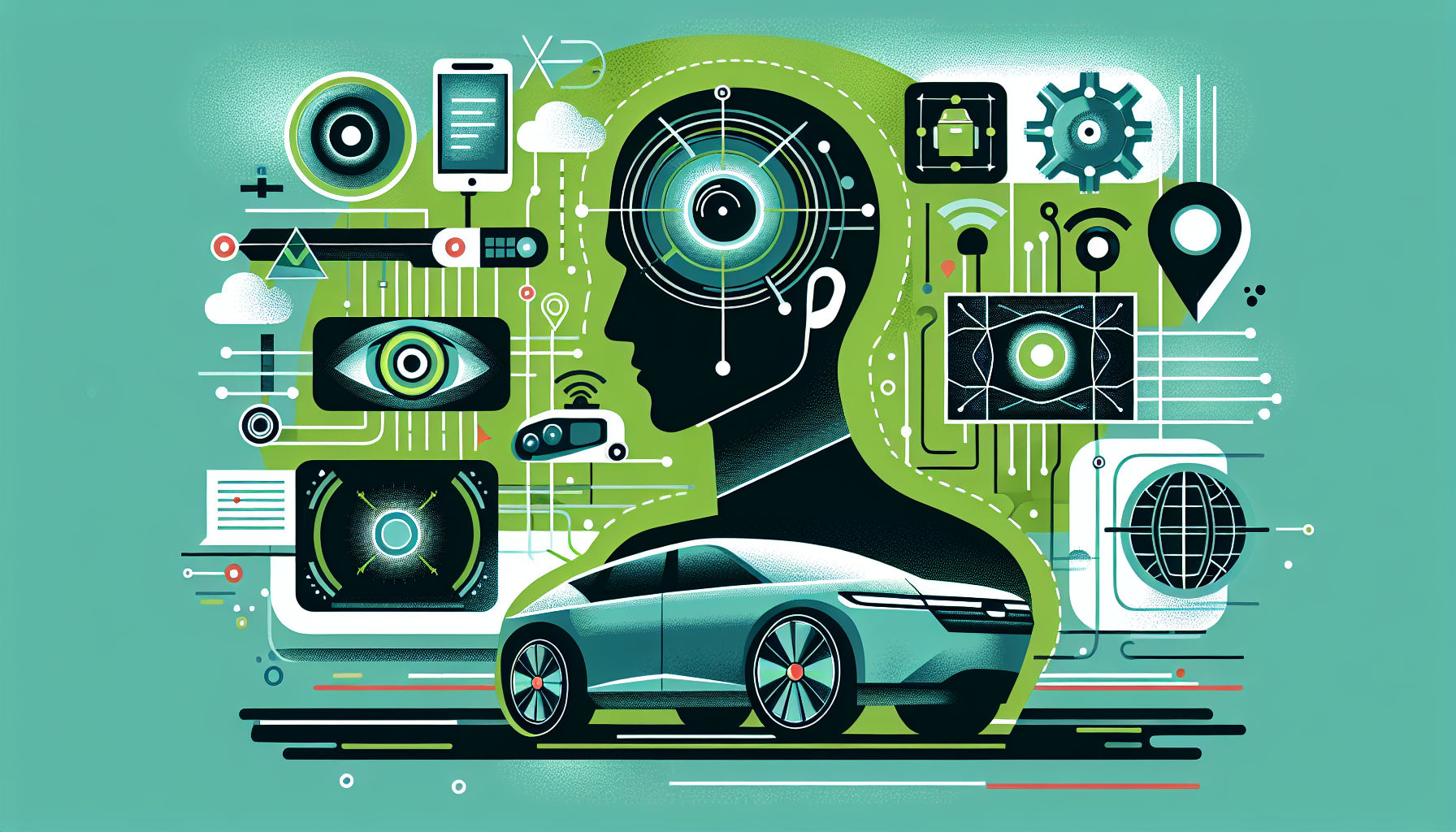Autonomous driving is apparently the wave of the future, even if U.S. drivers do not really trust the technology.
Assisted driving tech has been around for at least two decades, and Americans seem fine with that. But autonomous driving is in a different lane,…
Why it matters
- Although autonomous driving technology is gaining traction, a significant portion of the U.S. population remains hesitant to embrace it fully.
- The divide between acceptance of advanced driver assistance systems and complete autonomy highlights the ongoing challenges in consumer trust and safety perceptions.
- The evolution of automotive technology raises questions about regulatory frameworks, safety standards, and the future landscape of personal transportation.
As the automotive industry rapidly advances toward fully autonomous vehicles, a noticeable gap in trust exists among U.S. drivers. While many have become accustomed to assisted driving technologies that have been integrated into vehicles for the past twenty years, the leap to complete autonomy presents a different kind of challenge. Reports indicate that while American drivers are comfortable with features that aid in driving—such as adaptive cruise control and lane-keeping assistance—they are less confident about handing over complete control to machines.
The development of autonomous driving technology has captured the attention of manufacturers and tech companies alike, who are investing heavily in research and development. Companies like Tesla, Waymo, and several traditional automakers are at the forefront of this innovation, seeking to revolutionize the driving experience. However, the results of various surveys reveal a consistent theme: many drivers exhibit skepticism when it comes to the reliance on fully autonomous systems.
Surveys conducted over the past few years show that while approximately 70% of respondents are open to using assisted driving technologies, only about 20% feel comfortable with the prospect of entirely self-driving cars. This hesitance can be attributed to several factors, including concerns about safety, reliability, and the technology’s ability to navigate complex driving environments.
Drivers often cite fears related to the potential for malfunction or failure in critical situations. Incidents involving autonomous vehicles, particularly those that have resulted in accidents, have heightened public awareness and scrutiny. High-profile cases involving Tesla's Autopilot feature and other autonomous systems have contributed to a growing wariness regarding the readiness of this technology for everyday use.
Moreover, the legal and regulatory landscape surrounding autonomous vehicles is still being developed. As lawmakers grapple with how to regulate self-driving cars, the ambiguity surrounding liability, insurance, and safety standards adds to the public's unease. The question of who is responsible in the event of an accident involving an autonomous vehicle remains a significant concern for many potential users.
Despite these challenges, the push for autonomy continues, driven largely by the promise of enhanced safety, reduced traffic congestion, and increased mobility for individuals unable to drive. Proponents argue that autonomous vehicles could dramatically decrease the number of accidents caused by human error, which accounts for the vast majority of road incidents.
In response to public concerns, companies are prioritizing transparency and education as part of their strategy to build trust. Manufacturers are increasingly engaging with consumers through demonstrations, pilot programs, and educational campaigns aimed at showcasing the capabilities of autonomous technology. By doing so, they hope to alleviate fears and foster a greater understanding of how these systems function.
Furthermore, as advancements in artificial intelligence, machine learning, and sensor technologies continue to evolve, the potential for creating safer and more reliable autonomous vehicles grows. The integration of real-time data analysis and improved decision-making algorithms could lead to systems that are better equipped to handle the unpredictability of real-world driving conditions.
Ultimately, the journey toward widespread acceptance of autonomous vehicles will require a concerted effort from manufacturers, regulators, and the public. As the technology advances and more data becomes available regarding its performance and safety, it is possible that consumer sentiment may shift. However, for the time being, the road ahead remains complex, with both opportunities and obstacles that must be navigated carefully.
As we look to the horizon of transportation, the question of trust in autonomous driving technology will play a critical role in determining its future. The balance between innovation and safety will be vital as the industry aims to usher in a new era of mobility.











